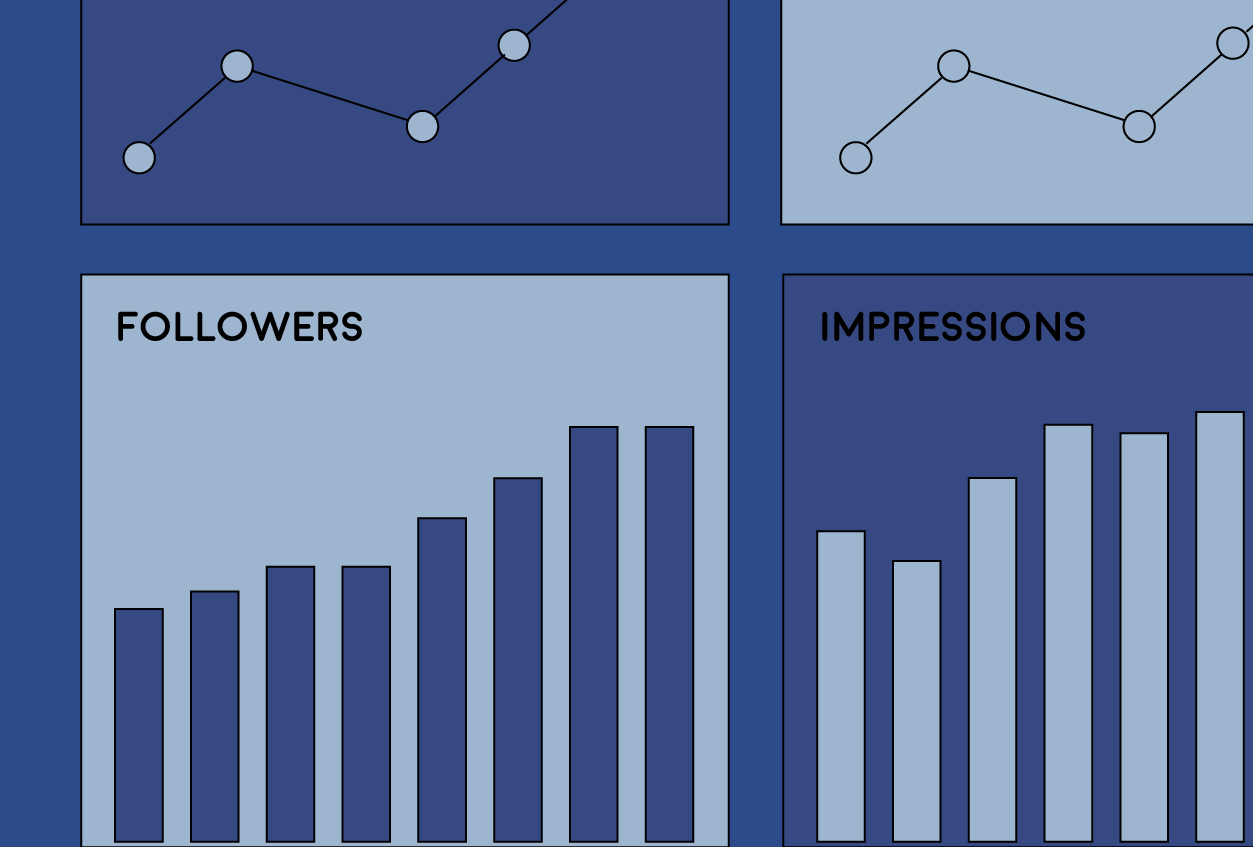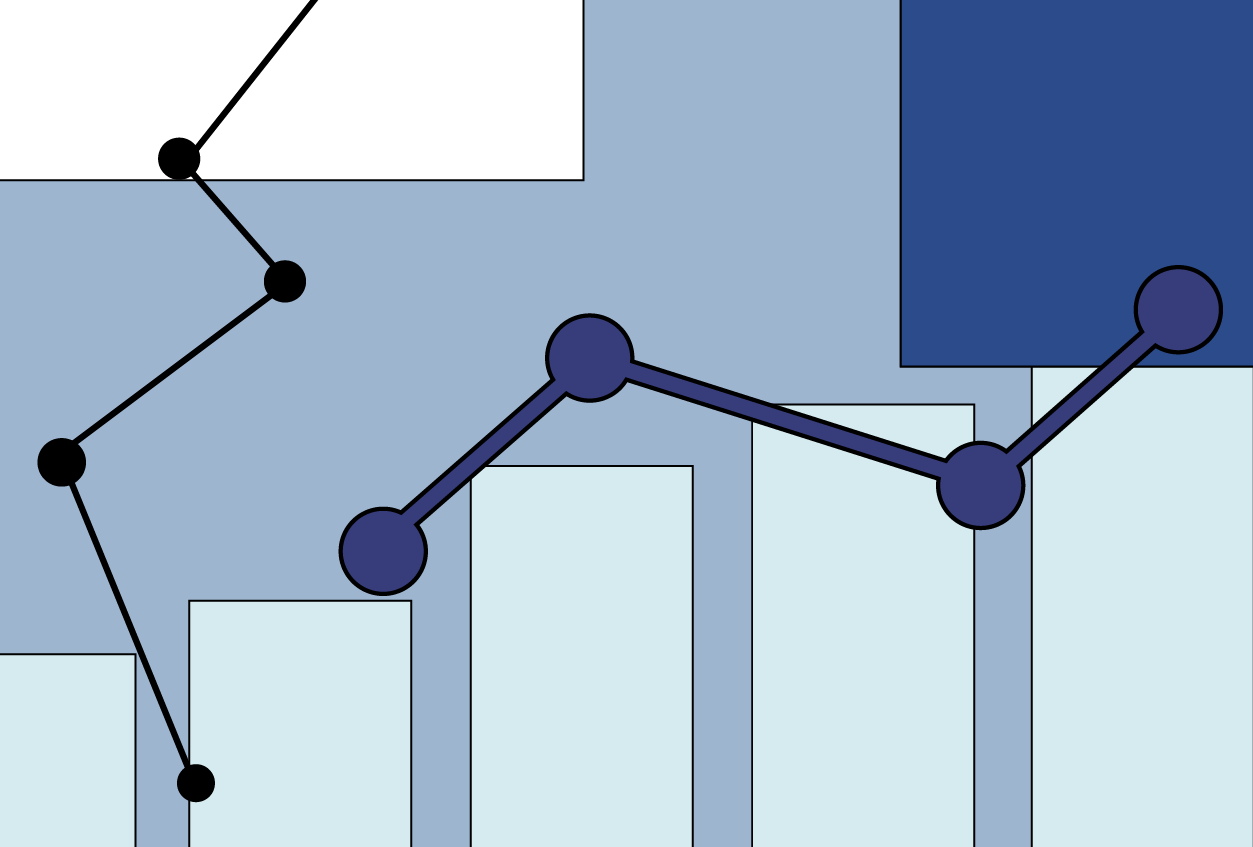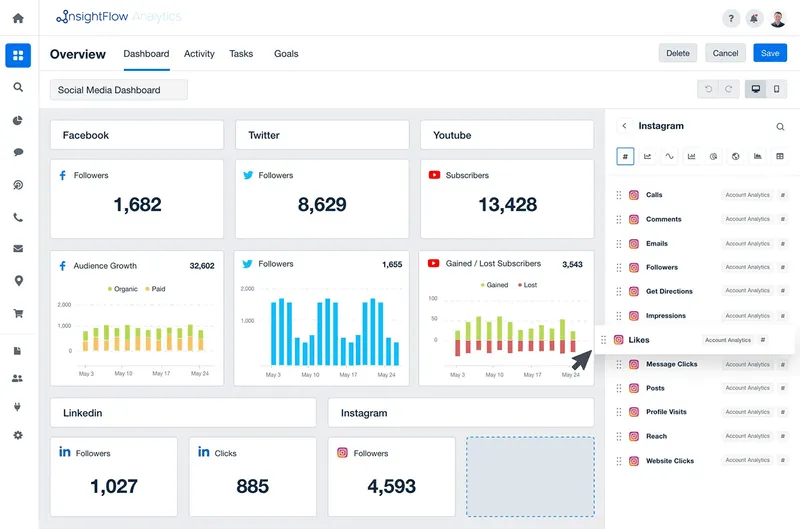SEO, or Search Engine Optimization is something all modern business owners are aware of. If you want to rank high on Google then using and understanding SEO is a must. Minor changes are made by Google daily, while most are small technical updates, others can cause you to see a major shift in how your websites are performing.
We’re going to tell you the first thing you need to know about these updates, don’t panic!
These aren’t the first and they won’t be the last updates to Google algorithm. Learning how to navigate and ultimately leverage these changes will keep your business ranking high and pulling in that traffic. But before we give you all the tips, let’s find out exactly why Google continues to make these changes.
Why The Change?
Let’s remember the ultimate goal behind SEO content grading and what the algorithm chooses to push. Google, the most widely used search engine, wants its Googlers to find high-quality content that answers the questions they ask.
As with everything online, people with less-than-ideal content can find ways to manipulate this algorithm so their content is pushed. In turn, Google updates or refines its algorithm to wipe them out. Sometimes Google’s updates don’t work like expected and cause more harm to good content creators causing Google to backtrack and refine and update again.
Knowing that it’s pretty obvious why these updates take time to roll out. This is also why we tell you to wait before changing your content strategy immediately because some updates might not stay. The best thing to do is watch and wait to see how these changes affect the platform.
What Happens During A New Update
While each update is different, we know how it will affect the platform and the people using it.
They Take Time
We mentioned this earlier, these changes take time. What also takes time is any small tweaks made to the update after Google sees how it is affecting the users. After a big roll-out, you might catch SEO analysts on other platforms showing their dislike if it negatively impacts their rankings. Google sees this too and will work to fix it.
While all of this seems simple there is a whole lot of data Google needs to work through. They need to create an update that looks at what users want, how content appears on the screen, how sites are analyzed and ranked, and accurately catches spam content.
They Affect Different Regions At Different Times
Google doesn’t just hit send and call it a day. These changes are rolled out in the U.S. first and then in other countries. If your website and market are purely US-based, this probably doesn’t concern you. If you operate in global markets then you might see changes in US traffic rates before anywhere else.
They Will Affect Every Site Differently
If you have multiple sites you most likely won’t see the same effects on each. For some your content ranking might go up, others down. Eventually, content rankings tend to fall back to where they were before the update. This is another reason we don’t suggest changing your content strategy too fast. If your site was performing well before the update, it will most likely perform well after, you just need to give it time.
Ultimately, Google is trying to maintain quality search results. If you are confident that your results fit that, then you have nothing to worry about. Keep reading to see what to do to navigate future changes.
How To Handle The Updates
We’ve said it before and we’re saying it again. Don’t panic. Changing your content the same day you see a dip in ranking will only hurt you in the long run. Your content will most likely go back to its normal rank if left alone. Even if it stays down, changing your content could risk it falling even lower since you don’t know exactly what is causing the dip at this point. Here are two things you should do when an update just happens.
Perform a Content Audit
When everything is said and done it’s time to take a long hard look at your content. If you have multiple pieces of content, see which ones have been affected the most and what makes them different from the others.
A common problem is outdated content. Updating any old information could fix this issue easily. Other problems like keywords or layout might require a little bit more to fix. Most of the time content just needs a refresh.
Continue To Have Quality Content
While there are plenty of sites out there teaching you how to take advantage of the algorithm, these will not help you in the long run. Google even provides a fun acronym E-E-A-T to remind you of that. EEAT stands for Experience, Expertise, Authoritativeness, and Trustworthiness. Packing your content full of a bunch of keywords might help your rise in the short term, but if the overall quality isn’t there you will find yourself falling once again.
You can check out Google’s content essentials as well to learn exactly what they deem high-quality content.
Keeping Your Content Ahead of the Game
Ultimately, no matter what, Google will continue to release updates and your content will be affected. There is no set yearly schedule for the major updates making it hard to plan ahead sometimes. There are ways you can avoid being hurt too much by them though.
Keep An Eye on Google’s Socials
Though Google doesn’t have set update dates every year, they do update upcoming changes on their socials like X (formerly known as Twitter). You can also follow people whose content is all about these updates or SEO. If Google doesn’t warn you, these guys definitely will.
Continue Creating Good Content
As we said earlier if you are committed to high-quality content, then these updates shouldn’t be a problem. Most people are looking to Google to solve a problem. Creating informative content with honest answers and current information is the best thing you can do.
Originality
We could include this under the good content category, but it really deserves its own paragraph. SEO is promised by a lot of sites out there willing to write or grade your content. These sites usually focus on keyword usage and compare you to current top results. Unfortunately, this could make your content seem robotic, or worse, a copy of someone else’s. Using AI content writing or SEO sites is a great starting point. But you still want human eyes on your writing to give it that personal touch, make sure information is correct, and ensure it isn’t plagiarizing anyone else’s content. Besides not being a good look for your brand, it will also drop you down in the search results.
Google updates its search engine daily, with major changes coming out multiple times a year. This is all with the purpose of promoting quality and informative content. Handling these changes is usually as easy as riding the wave and maintaining quality yourself. Looking at how your content is affected after an update and slowly fixing individual problems will bring you back up. If you want to see previous, current, and upcoming updates to Google, check out this site.


